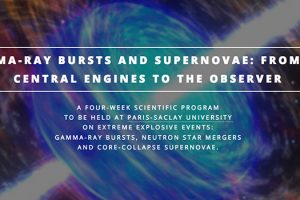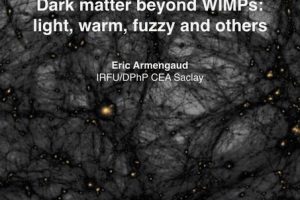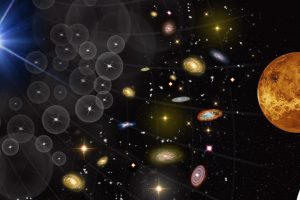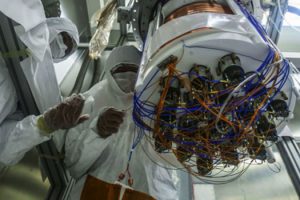Shooting of the film ” NAMAZU : DETECTING EARLY THE MOVEMENTS OF THE CATFISH”

Labex UnivEarthS is pleased to announce that it is actively involved in the production of the scientific documentary that currently bears the title : “Namazu: detecting early the movements of the catfish “ Les signaux de gravité : un nouvel outil pour la détection précoce des tremblements de terre The scientific context: About five years ago geophysicists and gravitational […]
» Read more



